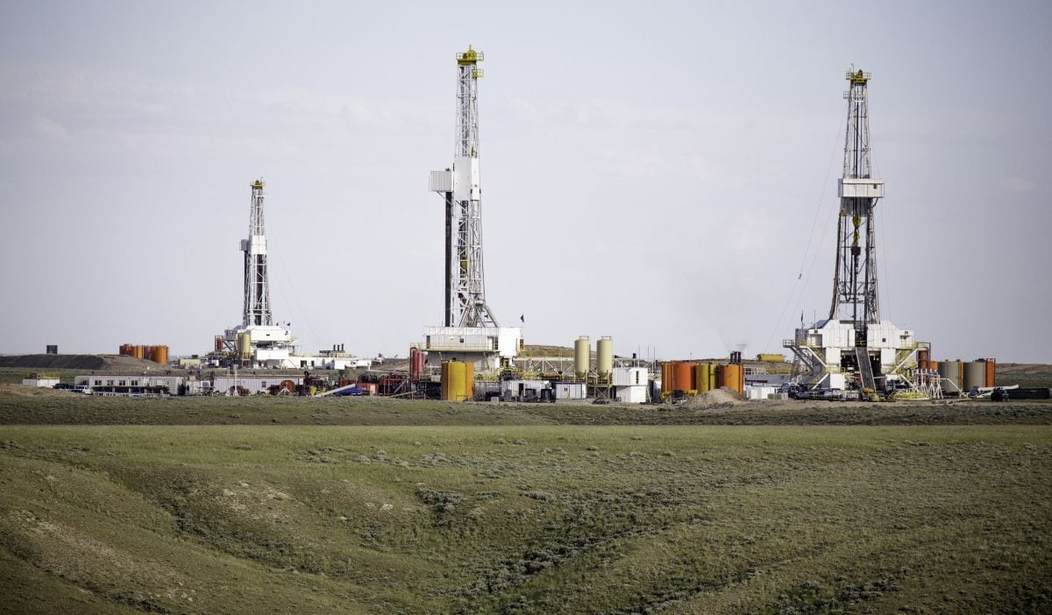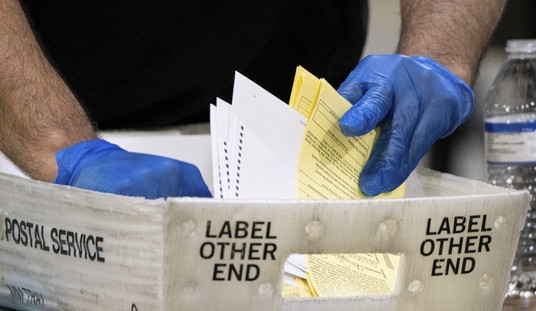The spike in seismic activity in Oklahoma since 2009 has been a cause for concern among local and state officials, largely because there is a consensus forming around the scientific conclusion reached by the USGS that the massive increase in earthquakes is a result of the process of hydraulic fracturing, or fracking.
The CBS news show 60 Minutes will feature a segment on the phenomenon this Sunday.
News 9:
Correspondent Bill Whitaker and a team of producers and photojournalists interviewed and consulted with government and energy industry leaders for the story, but ultimately got to the heart of the story by talking to a couple of local homeowners.
“I woke up, scared to death,” Melinda Olbert told Whitaker in an interview in March, “praying that the house wouldn’t fall down.”
Olbert and Kathy Matthews both live in Edmond, and help put a human face on a 60 Minutes story that examines a phenomenon that Oklahomans might consider ‘old’ news, but which may come as a shock to the rest of the nation.
“This tally from the U.S. Geological Survey,” Whitaker explains, over a dotted map of the state, “shows the number of earthquakes in Oklahoma has increased every year since 2009.”
Long before 60 Minutes came to investigate, scientists had reached a consensus that the culprit in most of the earthquakes are disposal wells and the increasing amount of wastewater oil and gas producers have been injecting deep into the basement of the Arbuckle formation. reactivating old faults.
Responsibility for addressing the wastewater injection has fallen, largely, on the shoulders of the Oklahoma Corporation Commission.
“We divided the state into two areas,” said Tim Baker, Director of the OCC’s Oil & Gas Conservation Division, “we took all of the deep disposal wells in those two areas and came up with a reduction approach.”
Baker says the Corporation Commission is now closely monitoring compliance with their two orders, announced earlier this year, that oil and gas producers in those two areas — central and northwest Oklahoma — reduce their injection volumes a combined forty percent.
Information from the Oklahoma Geological Survey, which monitors the state’s seismic activity, indicates the approach is working, Baker says.
Indeed, from February 1, 2015 to May 1, 2015, OGS data shows there were 221 magnitude 3.0+ earthquakes in the state. During the same period this year, there were 187.
“We’re feeling very positive that we’re at least moving in the right direction,” said Baker.
There are a few other “hot spots” for earthquakes connected with fracking around the country, but what the Oklahoma experiment shows is that companies are going to have to be more aware of where they are injecting wastewater. The good news is that we are finding ways to work around the problem.
There’s no reason to stop fracking or even curtail it much; just a little extra care should eliminate most of the quakes.
Hydraulic fracturing has made America the number one energy producer in the world. Opponents of fracking are only stifling economic activity in their state and costing residents good, well-paying jobs by blocking it.










Join the conversation as a VIP Member